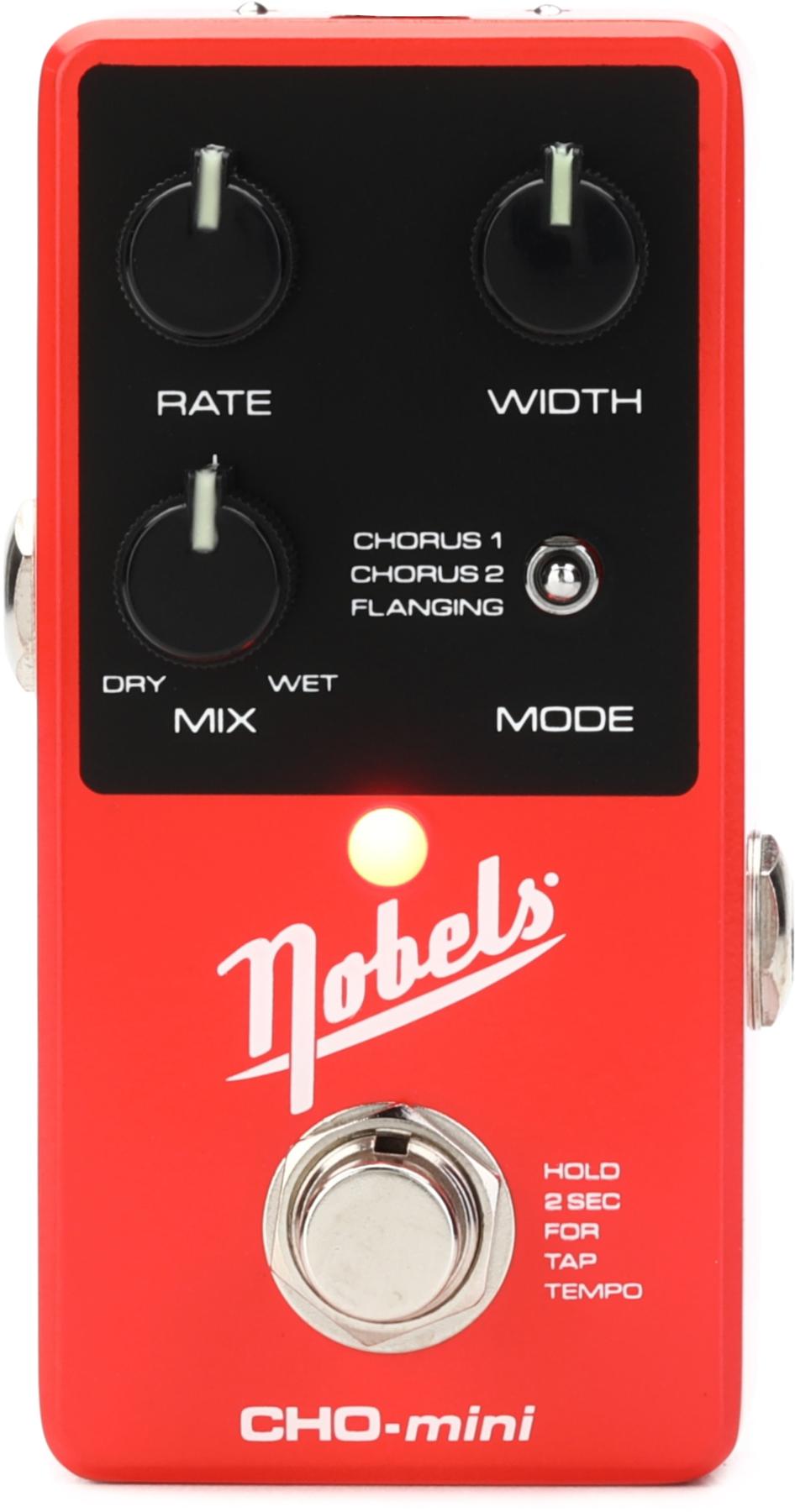You could WIN this pedalboard loaded with Chase Bliss pedals with VooDoo Lab board and Styrmon Power Supply! Enter before November 26, 2024.
Chase Bliss Pedalboard

Generation Loss MKII is a study of tape in all its forms.
We decided to start from scratch this time and really explore what tape is all about. Get into those crinkles that make it so magical. We took apart VCRs, we analyzed anything we could find with a tape in it, from camcorders to cassette decks.
All available for you to saturate, fail and flutter, until everything sits just right. And if you prefer the way it was before, you can do that too. In stereo.
Lossy captures the special kind of degradation that happens to digital audio when it’s shrunk, transferred, and compromised.
Streaming music on a 56k modem, an MP3 ripped from a CD-R, a viral video from 2007 played through a cellphone.
All the nasty and beautiful mistakes of heavily deconstructed digital audio in an easy-to-tweak real-time pedal.
MOOD MKII is a different kind of multi-effect. Its two channels are aware of each other and work together. One half samples and loops brief moments, the other is a collection of real-time spatial effects.
Twist any sound into a sprawling texture that you can freeze, loop and scatter across the stereo field, for instant gratification and endless exploration.
It’s a musical chemistry set. Transfer, combine, and get lost
Onward is a sampler controlled by your playing. It moves when you do, capturing the sounds you make to create rich musical landscapes.
You will find responsive accompaniment, synthetic reimaginings, and a whole heap of glitching dreamscapes.
It has two sides – one freeze for soft, smooth sounds, and one glitch for angular, repeating sounds. Combine them into one moving mega-effect, or split them apart for waves of depth and dimension.
DINGBAT SMALL is ideal for assembling a compact and lightweight board with 4 to 6 essential effects. Secured in its included tour-grade soft case, SMALL is compact enough to stow easily in the overhead compartment or beneath the forward seat of any aircraft. Installing Pedal Power® with the included mounting hardware is quick and easy using only a screwdriver. Hook-and-loop tape is provided to attach pedals, as well as zip ties and 4-way tie mounts to secure cabling underneath.
Zuma R300 is the highest horsepower, most technologically advanced low profile effects pedal power supply. You get clean, rock-steady power for your 9V, 12V and 18V effects pedals in a pedalboard friendly, expandable package, giving you room to grow. Zuma R300’s ultra-low profile design means that it can fit under just about any pedalboard.
Dual-stage topology, pre-regulated outputs, optically isolated feedback, and advanced multistage filtering result in a power supply that allows your pedals to achieve their highest possible dynamic range.



























